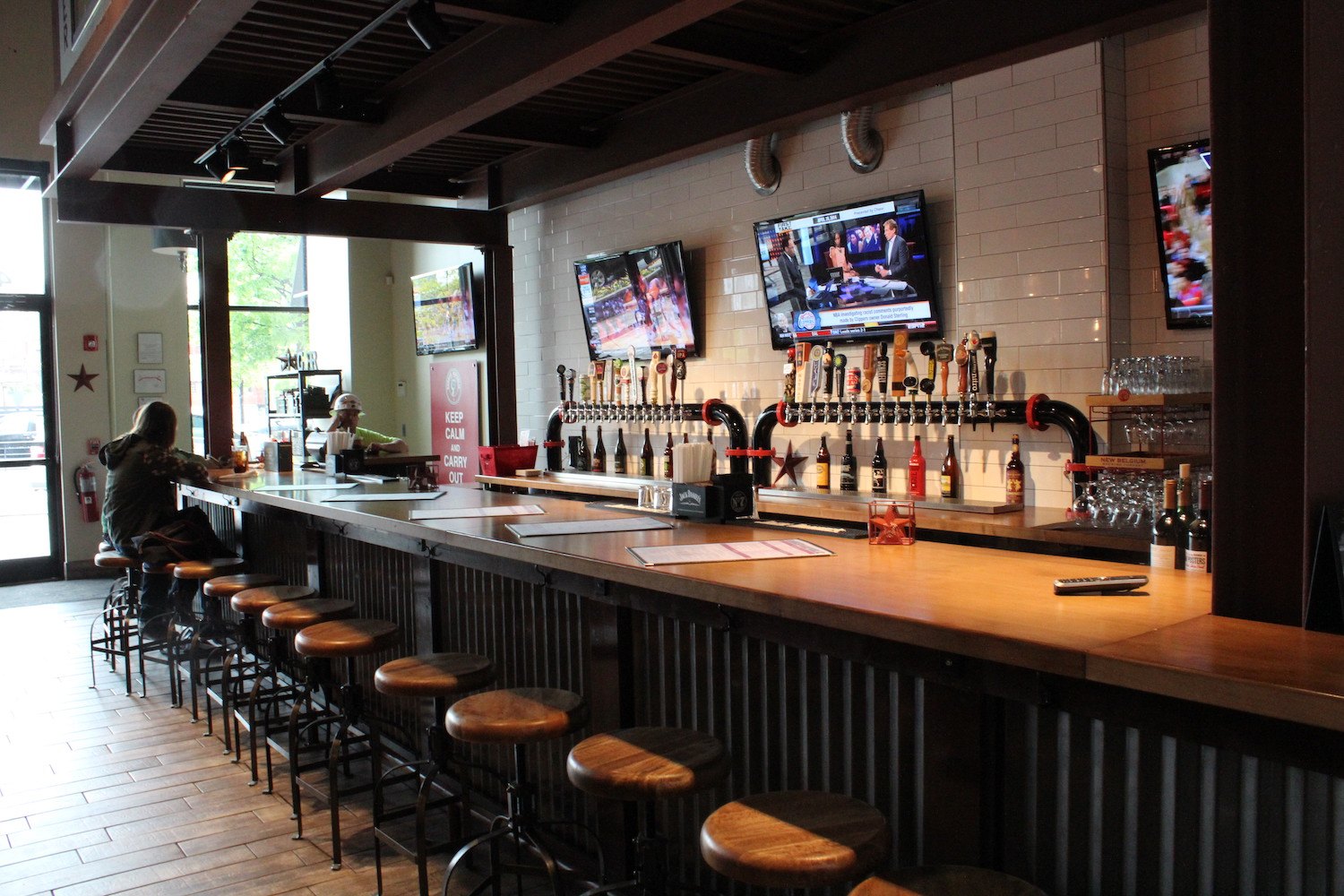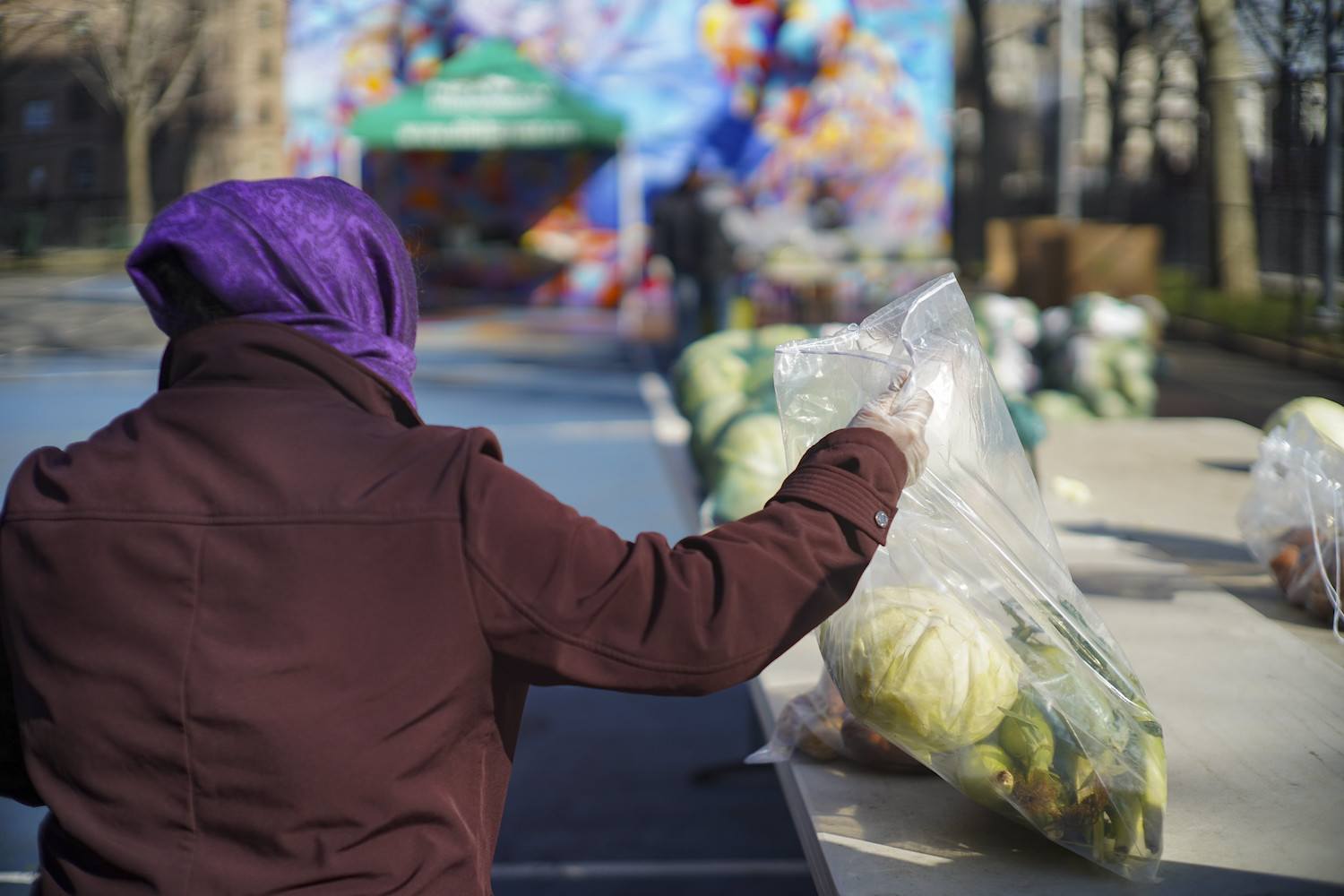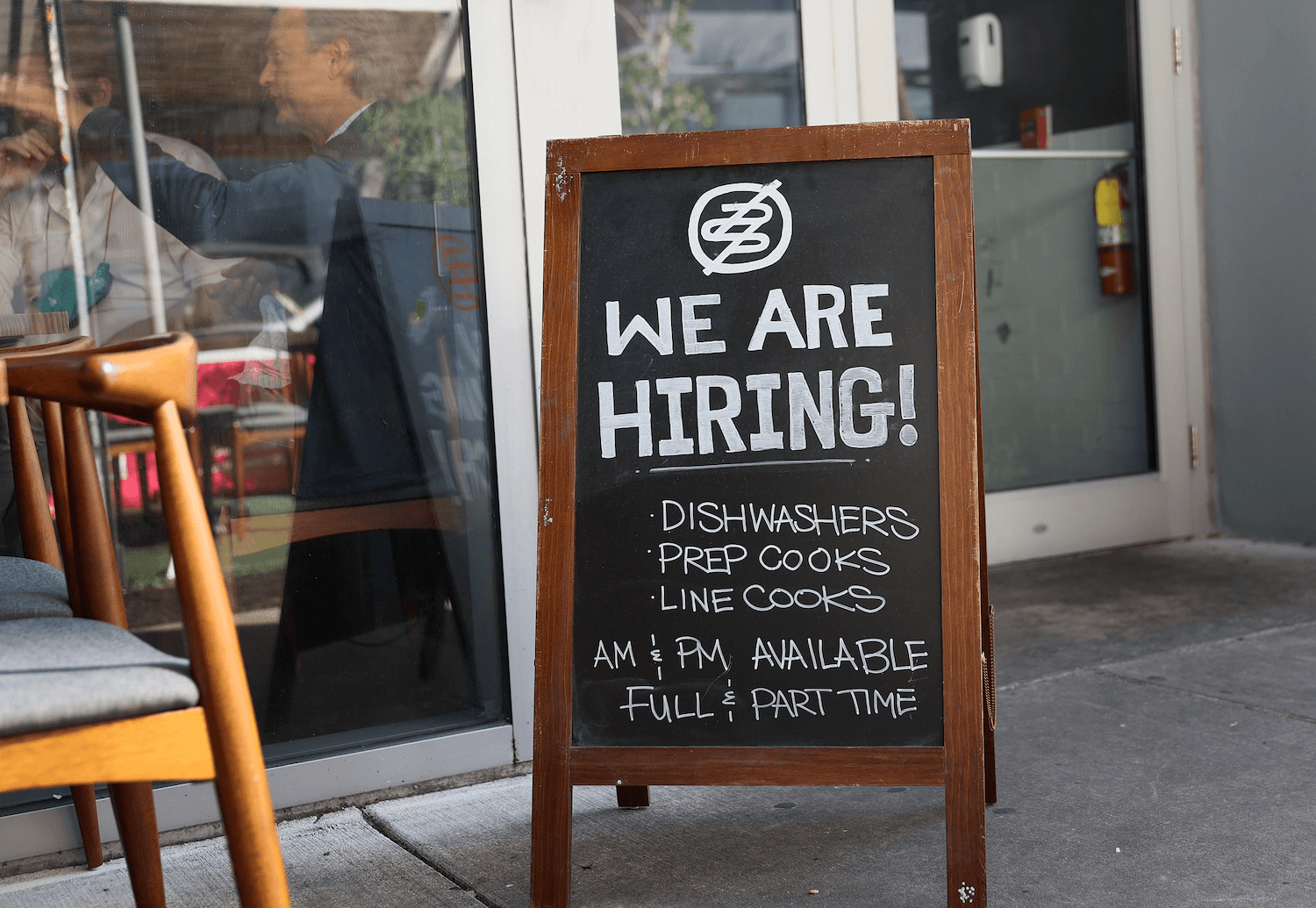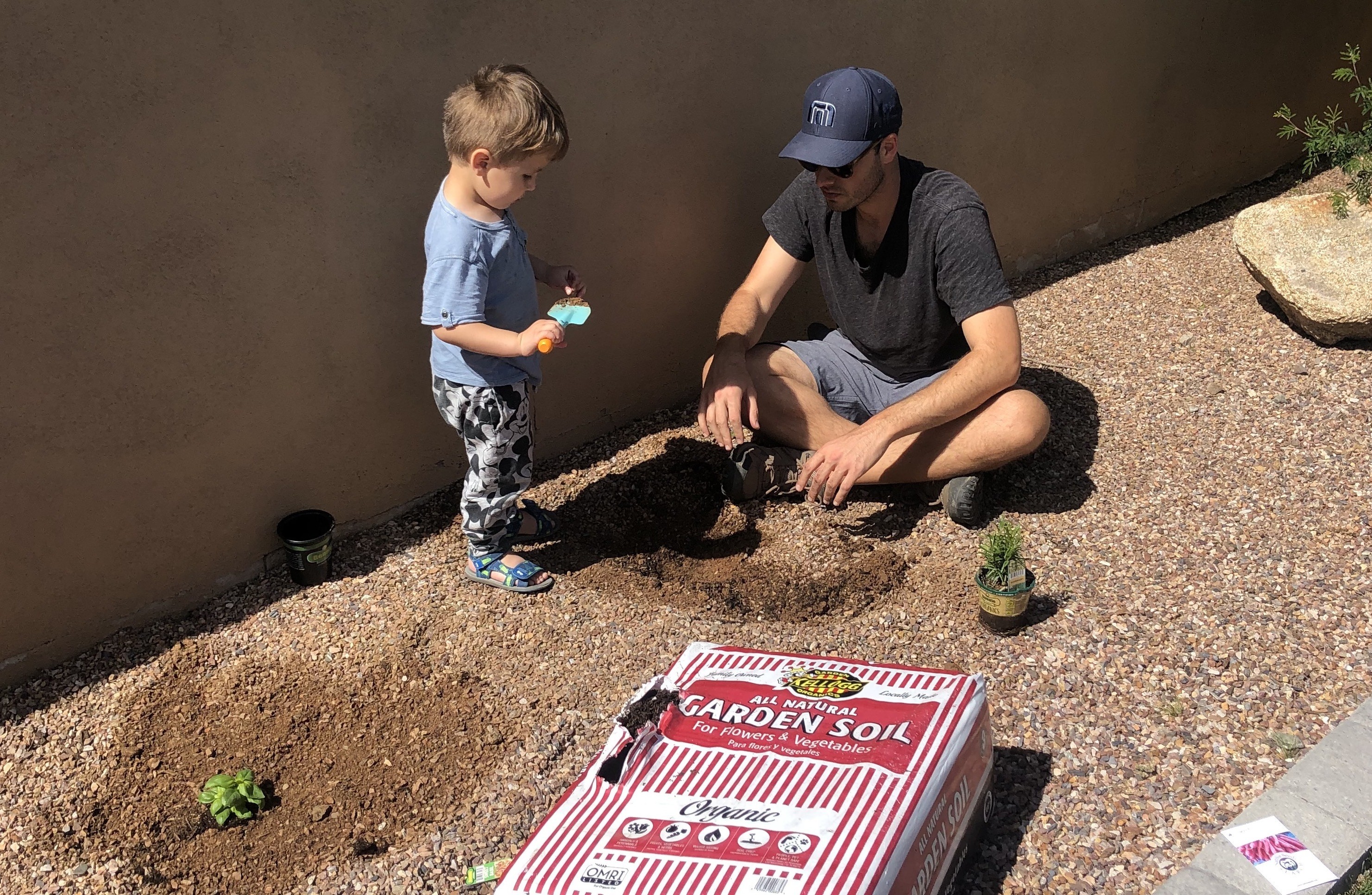
Graphic by Alex Hinton/iStock
The pandemic stymied traditional dining criticism, and showed us why critics can no longer shy away from inequities in the restaurant industry and food media.
Shortly before the World Health Organization officially declared the coronavirus a pandemic on March 11, 2020, The Counter’s Jesse Hirsch surveyed food reporters and restaurant critics across the country to see how they planned to modify their coverage. What he found was a general lack of consensus about how to report on a crisis-stricken restaurant industry, already infamous for its economic precarity. Do journalism’s basic tenets shift during an international emergency? Is it okay for reporters to advocate for at-risk restaurants? And what role, if any, do restaurant critics play in helping consumers wade through such a crisis?
The disagreement, noted Hirsch, reflects today’s massive and protean food media ecosystem, which encompasses an ever-widening range of media types and personalities—influencer blogs, TikTok food critics, lucrative “content streams,” and traditional newspaper reporters and restaurant critics, among others. It also reflects the enormous space that restaurants have come to occupy in our lives and society—restaurants are businesses, employing more than 12 million workers in the U.S., according to the National Restaurant Association. But they are also important drivers of culture and community. There are infinite ways to write about them.
For dining critics in particular, traditionally charged with appraising the aesthetic and culinary value of restaurants, the pandemic posed nothing less than an existential quandary: What is the critic’s role, if any, outside recommending—or panning—specific dishes and restaurants?
“It didn’t seem at the time like telling folks where you can get the best fried chicken was the most essential information.”
The question has been debated in food circles for the past two decades, as digital media and crowdsourced review platforms like Yelp proliferated, filling our lives with a barrage of instant-access information and opinions on food and restaurants. But nothing has shaped the role of restaurant critic as dramatically as the pandemic did last year, when U.S. restaurants of all types and sizes were forced to shut down normal operations for months.
I was working as a restaurant critic at The Los Angeles Times at the time; it’s with morbid clarity that I recall the Sunday evening last year when Los Angeles Mayor Eric Garcetti first ordered restaurant and bar dine-in service suspended at midnight. The mandate cleaved the past from the pandemic’s “new normal,” and it redefined this critic’s beat overnight—on Monday, I was writing a review of a Hong Kong-style diner in Monterey Park (to be indefinitely shelved when stay-at-home mandates began); a few days later, I was driving around Boyle Heights hours before statewide shelter-in-place mandate went into effect, interviewing taco truck operators about the pandemic’s dramatic suppression of foot traffic.
Critics across the country were forced to fill the column space once occupied by reviews with other types of coverage—profiles of shuttered restaurants and business pivots, meditations on life without restaurants, take-out recommendations, reports on shifting dining restrictions, and honest conversations about what widespread worker resignations say about the current state of the restaurant industry.
“I was responsive to what both readers and restaurant workers wanted to know, which is: ‘Am I safe?’”
Hanna Raskin, formerly food editor and critic at The Post and Courier in Charleston, South Carolina, focused much of her early-stage pandemic coverage on helping diners navigate the public health crisis safely. “It didn’t seem at the time like telling folks where you can get the best fried chicken was the most essential information,” Raskin told me recently.
“I was responsive to what both readers and restaurant workers wanted to know, which is: ‘Am I safe?’
Raskin, who recently left the paper to launch a newsletter called The Food Section, suspended restaurant reviews for more than a year, citing, among other factors, the ethics of reviewing businesses that were economically and operationally hamstrung by the pandemic.
As restrictions on dine-in service began to ease up in many U.S. cities this spring, restaurant criticism sprung back to life. But the question at the center of Hirsch’s piece last year—how should journalists be covering the crisis—feels fraught and unresolved. The nation is stuck in a painful coronavirus holding pattern, and the restaurant and hospitality industries continue to grapple with the deeply destabilizing economic and sociocultural effects of the pandemic. Should critics rush back to pre-pandemic methods of writing about restaurants?
With many restaurants still finding their footing, San Francisco Chronicle critic Soleil Ho wonders how useful restaurant reviews are in the face of industry-wide instability. “I’ve written good reviews and have had people come back to tell me that they had terrible experiences,” Ho told me in July, soon after the highly contagious Delta variant triggered a new wave of Covid infections across the country.
“That puts me in a weird place: Should I even write reviews? I can’t guarantee anything.”
“You can’t guarantee consistency right now because there’s so many things that restaurants can’t control, like staffing issues and supply chain issues,” Ho said.
“That puts me in a weird place: Should I even write reviews? I can’t guarantee anything.”
In June, Ho asked whether restaurants and readers are ready for negative restaurant reviews. Most critics have abstained indefinitely from writing pans, and many outlets, including The Philadelphia Inquirer, The Washington Post and The New York Times, have paused starred criticism since the spring of 2020.
Should the stars return? New York Times critic and editor Craig Claiborne is credited with pioneering the weekly review format and starred ratings in the 1950s and 1960s—conventions engineered when fine dining was defined primarily in terms of Eurocentric cooking and table customs. Starred ratings tend to reward the values of that era, and often exclude restaurants and chefs that don’t come from traditional fine-dining backgrounds. Food trucks, pop-ups, food stands, and cuisines served in more informal spaces are still widely excluded from starred reviews.
Times restaurant critic Pete Wells said that not having to apportion star ratings has made it easier to consider a wider range of restaurants. “I think I’ve been walking around with assumptions about what was reviewable and what was not, and the star system plays a big part in that,” he said.
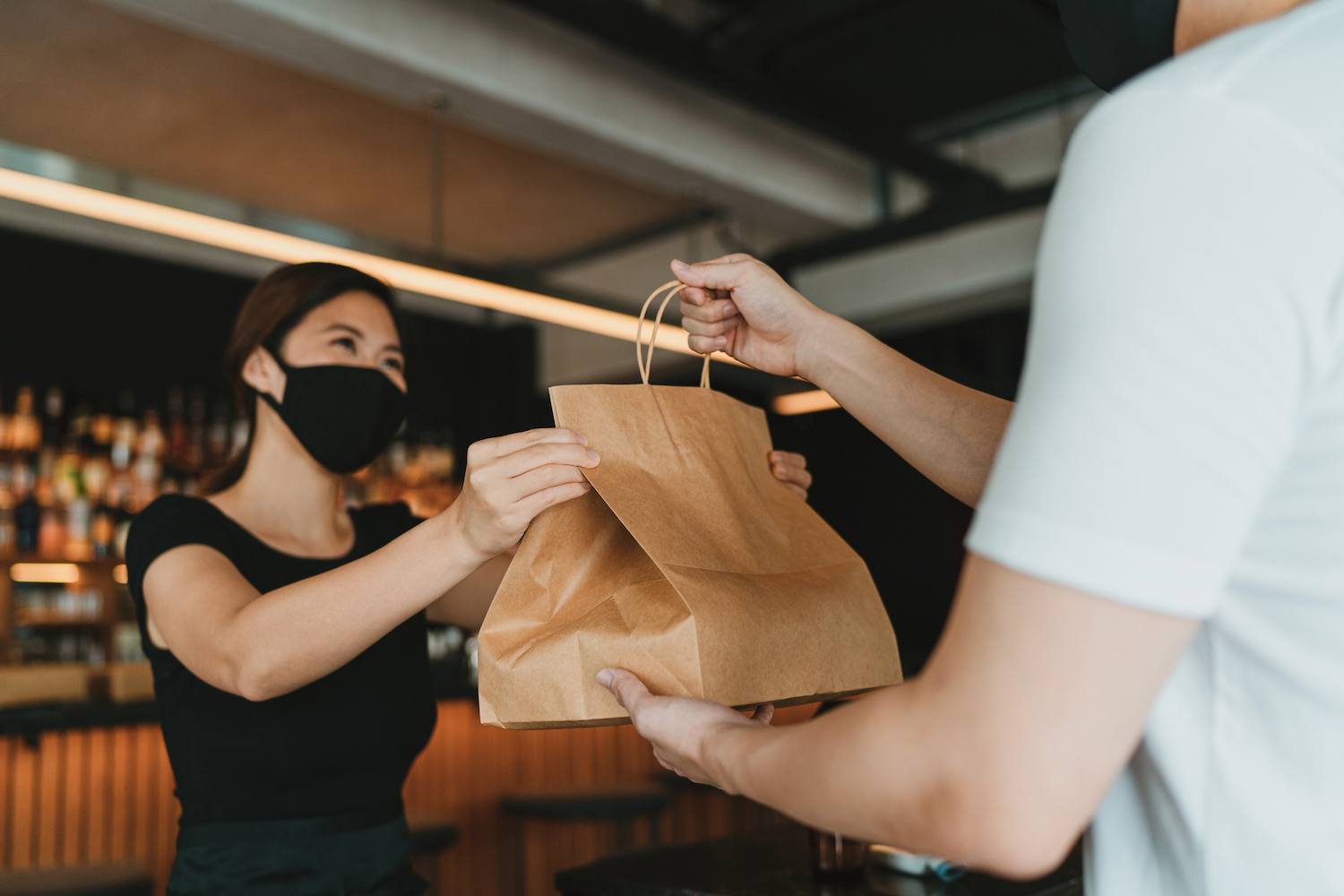
Possibly the most substantive way that that criticism has changed in the past 18 months is restaurants and cuisines that excel primarily in takeaway service.
But many readers love starred criticism, according to Wells and other critics. The Philadelphia Inquirer’s version of stars, Liberty Bells, will eventually return, critic Craig LaBan wrote earlier this summer, not only because they have become a defining feature of the paper’s dining coverage, but because readers find them useful.
LaBan views his role as helping diners navigate an extremely dynamic restaurant scene, namely by helping them figure out where to spend (or not spend) their attention and money, he said. “[The Bells] sort of highlight the consumer reporter aspect of what I do. It gives readers a way to connect,” he said.
But possibly the most substantive way that that criticism has changed in the past 18 months is restaurants and cuisines that excel primarily in takeaway service, a trend that Eater NY’s chief critic Ryan Sutton hopes will outlast the pandemic. “I think it’s important that critics—along with food reporters and columnists—continue to think beyond the scope of sit-down restaurants,” Sutton wrote in an email. That could include more coverage of “take-out spots, food trucks, pop-ups, food hall vendors, and even supermarkets or frozen foods,” he said.
Critics should also engage with the social and political aspects of dining culture, added Sutton, whose reviews at times blur the line between food and cultural critique.
“I think it’s important that critics—along with food reporters and columnists—continue to think beyond the scope of sit-down restaurants.”
“Given everything the hospitality industry has been through during the pandemic—and let’s be honest, before it too—I reckon it would be a disservice to everyone, be it the staffers, owners or consumers, to divorce the larger issues that folks are trying to grapple with from the more service-y aspects of criticism,” he said.
If you’re having trouble imagining a “socially conscious” review that discusses the larger issues facing restaurants, it’s most likely because critics have traditionally been absolved of responsibility to report on the world beyond the dining table. Increasingly, however, it’s become harder to divorce the dining experience from the people who create it. The late-20th-century rise of “foodie” culture brought enormous attention to professional restaurant kitchens and their intensely hierarchical structure, qualities long romanticized, celebrated, and exploited for drama via reality TV and popular depictions of restaurant life.
More recently, deeper reporting of workplace abuse and exploitation has vividly detailed the damage wrought by exalting superstar chefs and kitchens that turn out to be fraudulent and toxic. Of course we can’t expect critics to vet the moral character of every chef they write about, or to investigate abuses of power at every restaurant they try. But it is not unreasonable to expect said critics, especially those working in traditional newsrooms, to follow up on such claims. More than “arbiters of taste,” critics are journalists who should not ignore abuses of power in their line of sight.
Most decisions restaurant critics make in the course of a week or a month are not as morally stark as choosing whether (or how) to review a restaurant shadowed by rumors of abuse or controversy. But critics regularly make dozens of other important choices, including which restaurants to review, which chefs to interview, and which neighborhoods to spend time in, that can direct exposure and foot traffic to restaurants.
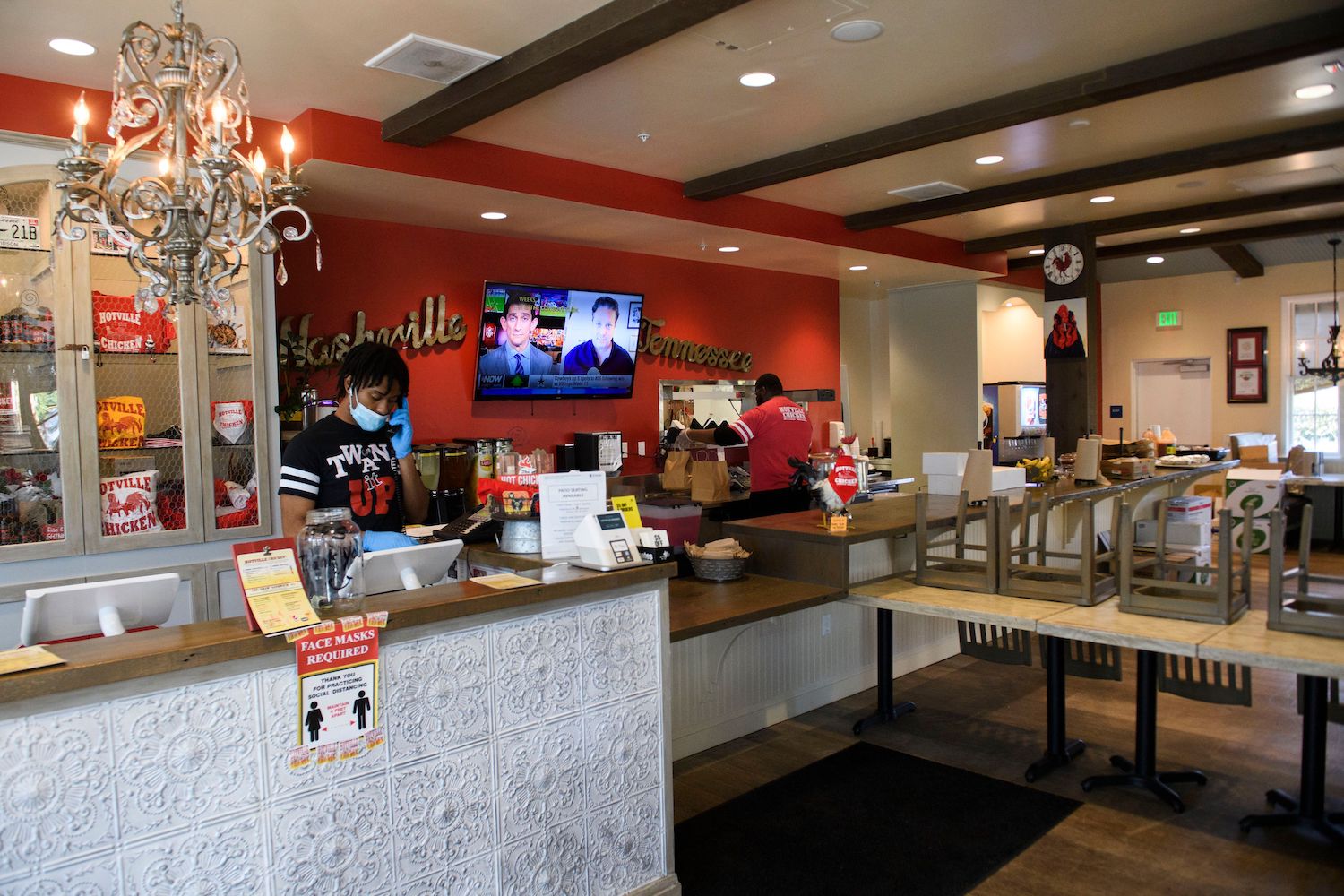
According to a National Bureau of Economic Research working paper published in June of 2020, Black- and Latinx-owned small businesses closed at significantly higher rates than white-owned counterparts.
Race and gender inequities in the restaurant industry, long-documented and pervasive, severely worsened during the pandemic. According to a National Bureau of Economic Research working paper published in June of 2020, Black- and Latinx-owned small businesses closed at significantly higher rates than white-owned counterparts. The need for change in an industry beset by inequity is mirrored by the overwhelming whiteness of U.S. food media, where journalists of color are calling into question who gets to sit in the critic’s chair; dissecting the alienating effects of contemporary restaurant criticism on readers of color; and spotlighting non-white restaurant critics whose work undermines the notion that pleasure and “good taste” are universal, apolitical concepts.
“Historically, journalism has been older, white, male, and for a wealthy audience,” restaurant critic Louisa Chu told me recently.
Chu is one of two new critics at The Chicago Tribune. She and co-critic Nick Kindelsperger published their first reviews in May, just as dine-in service was stirring back to life. Together, they have been making a special effort to produce robust dining coverage of the city’s historically underserved South Side and West Side.
“We really wanted to make sure that we covered—especially in light of the past pandemic year, and the political year—Black-owned restaurants,” said Chu, who recently wrote about how food businesses can play a central role in creating generational wealth in Black communities.
The need for change in an industry beset by inequity is mirrored by the overwhelming whiteness of U.S. food media, where journalists of color are calling into question who gets to sit in the critic’s chair.
“The idea that restaurant criticism used to be better years ago when critics talked about fancy French restaurants or something like that, that’s boring. I don’t have any interest in returning to that,” said Kindelsperger, who seems genuinely excited about the democratizing effect of social media on criticism.
“I love to see more people writing about food and what’s happening in their town, and what it means to them,” he said. “If that’s a newspaper, great. If YouTube becomes the place where people go to talk about food, or TikTok—the next great restaurant reviewer could be on that medium.”
Jen Karetnick, who formerly reviewed restaurants for The Miami New Times and Miami Magazine, worries about what she sees as a stark generational divide in restaurant criticism, especially on the consuming end. Karetnick says her 20-something kids and their friends rarely read traditional written reviews.
“There doesn’t seem to be as much interest on the part of the public from a certain generational standpoint,” she said.
When younger diners want to know more about a restaurant, she said they mostly read reviews on crowdsourced sites and apps such as Yelp and TripAdvisor. “I really think [criticism] will need to be defined in a different kind of medium to survive,” Karetnick said. Otherwise, criticism is doomed to be a “dying form.”
More so than traditional news reporters, [critics] tend to have more editorial freedom to publish both commentary and “straight” reportage.
So is restaurant criticism dying—or simply changing? The pandemic forced critics to stretch their voices and talents in new directions, and showed that criticism can be a remarkably malleable form. “One thing I think the pandemic made really clear is that the restaurant review has a lot of functions beyond just telling people where to eat this weekend,” said Wells. “I’m personally really happy to see restaurant critics portrayed as more than just judges. We’re also fact-gatherers, among other things.”
Indeed, fact-gathering became a major function of food journalism during the pandemic. In the past year and a half, reporters and critics helped uncover exploitation and abuse in the restaurant industry; documented supply chain breakdowns; and advanced conversations about the value of restaurant work, the complicated role that restaurants are playing in Covid-related restrictions and vaccine mandates, and the rights of all food workers to livable wages and safe working conditions.
Restaurant critics are uniquely positioned to contribute to these important conversations. More so than traditional news reporters, they tend to have more editorial freedom to publish both commentary and “straight” reportage, and therefore are advantaged by wider points of access into reporting and storytelling.
The pandemic showed us that restaurant critics are more than neutral evaluators of restaurant meals and dining room ambience—they also have the ability to write widely and deeply about restaurant culture, even when these stories do not exude the good cheer or glamour of traditional dining coverage. My wish is that restaurant critics invoke this freedom more frequently, not only to investigate the social and economic forces central to the pandemic, but also to help reshape a medium that for too long has catered mainly to the interests and appetites of white and upper-middle-class audiences.
What might breaking the mold of traditional restaurant criticism look like? It could mean updating star rating systems to make them more inclusive and representative of contemporary dining culture, or getting rid of rating systems altogether. It could mean less hesitation among critics to review food served outside of traditional dining rooms. It means orienting more coverage around the perspectives of journalists and readers of color, whose knowledge and insight remains woefully absent from (or marginalized in) mainstream outlets and food publications. And it will mean widening the scope of who gets to shape and lead the country’s food coverage, not only because the current times demand it, but because criticism can’t thrive without it.

